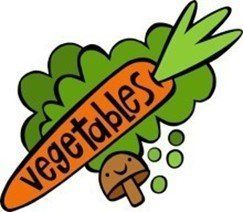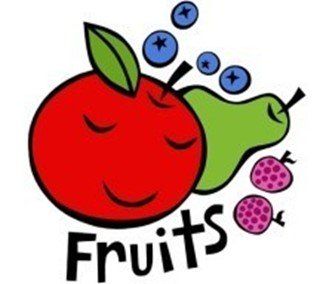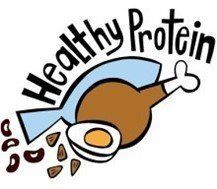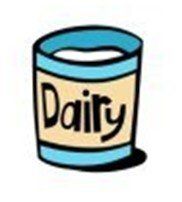Healthy Eating and Nutrition for Children
What is healthy eating and why is it important?
Food and nutrition are crucial components in the growth and development of children. It allows for children to evolve into strong, capable, and healthy little humans through a balanced and varied diet. Healthy eating is ensuring that children are consuming foods from each of the food groups so that they are absorbing all the macro and micronutrients required. This gives them the energy to explore and play, build on their learning and understanding as well as allowing their bodies to function.
In order to consume a healthy and balanced diet, it is important to follow the guidelines set by the Australian Government. Within this guideline, the emphasis is placed upon five of the different food groups which work collaboratively together to keep our bodies functioning at its full potential:
A variety of different vegetables such as tomatoes, broccoli, carrot, beans, and corn, just to name a few! Vegetables are a high source of fibre which is important for our gut health. Vegetables can be eaten in a variety of ways including raw or cooked.
Known as nature’s lollies! Fruits such as strawberries, grapes and orange offer a wide range of vitamins and minerals. Fruits are the highest source of vitamin C which is important for children as it supports their body’s immunity.
Wholegrains such as bread, rice, cereals, and pasta are our body’s main source of carbohydrates; a macronutrient that our body uses for energy. Carbohydrates are crucial for growing bodies as it gives children the energy needed for their everyday tasks.
Protein sources such as chicken, red meat, eggs, and fish are important as they provide our body with the essential amino acids to grow and repair. Protein is vital for children as they make up each and every cell within us!
Dairy products such as yoghurt, milk and cheese offer our bodies the important mineral, calcium and vitamin D. Calcium and vitamin D work cohesively to strengthen our bones which is crucial in young bodies. Some fun ways to incorporate dairy into children’s diets include yummy smoothies or frozen yoghurt ice creams.
TIP: Try and offer the children a range of different coloured fruits and vegetables as each colour offers a different vitamin or mineral!
Although children’s diet should be made up of mostly foods from these five groups, including ‘sometimes’ foods is also important to create balance. This will also allow children to develop a healthy relationship with food as they recognise that these foods are consumed within moderation. ‘Sometimes’ foods include ice cream, cakes, and lollies.
The Australian Government also recognises water as the main drink choice for children and adults. Water is excellent for hydrating our bodies as it supports all the necessary functions such as holding moisture in our body and carrying nutrients around our body. It is recommended that children between the ages of 2-5 consume 4-5 cups (or 1L- 1.25L) of water daily.
Information sourced from:





